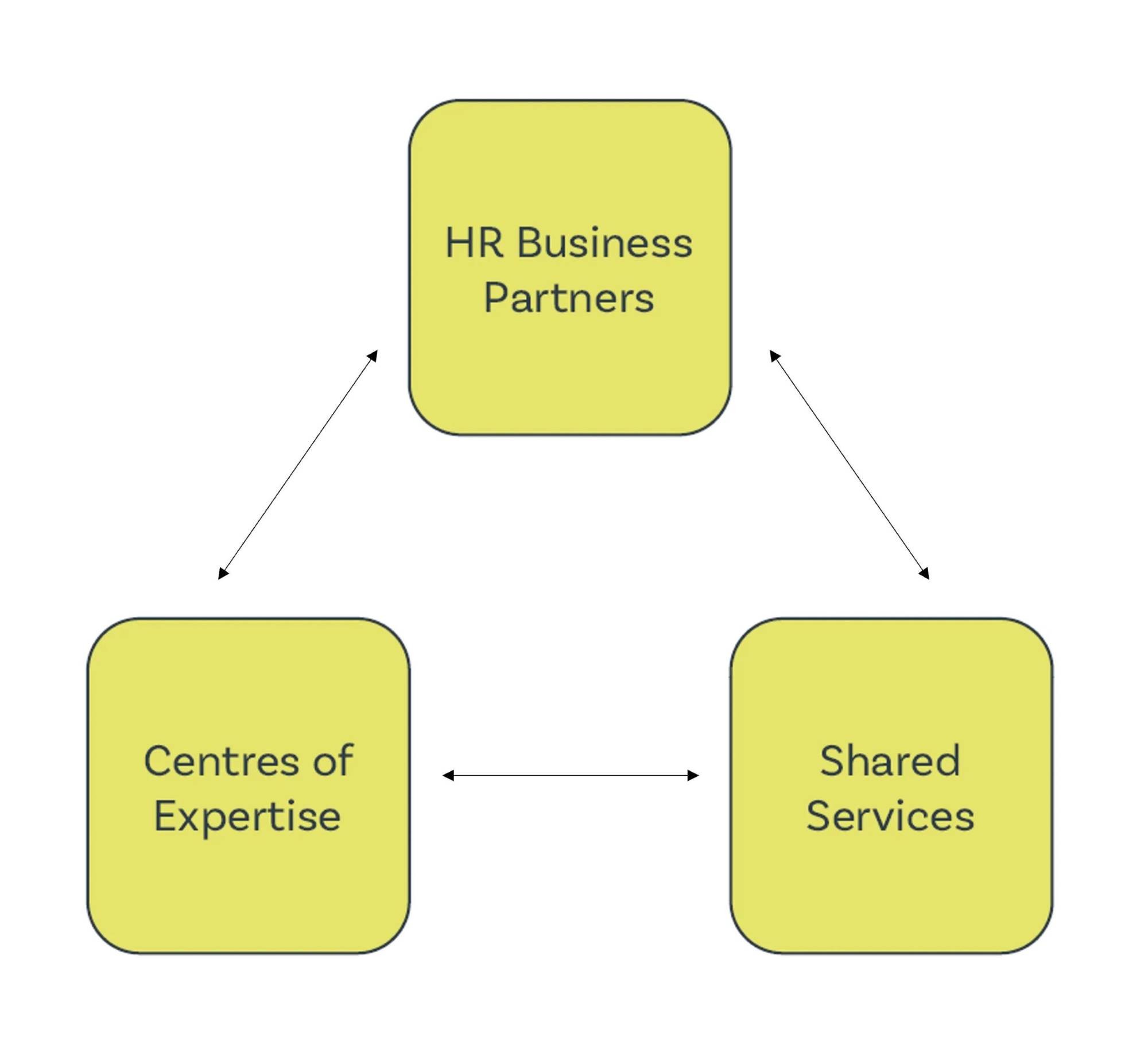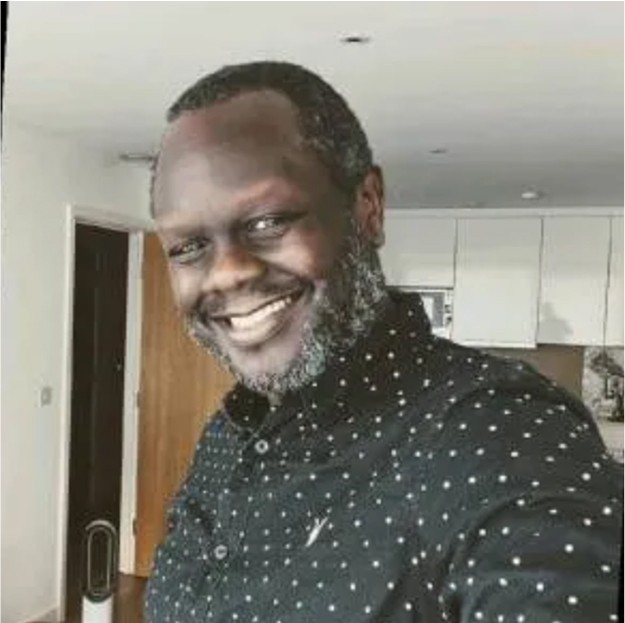I have worked with HR functions for nearly 25 years. How times flies! I can still remember, as if it were yesterday, my first job in the HR profession as an intern at MTV Europe’s HR department. I had just graduated from university with an international business studies degree with a focus on languages and human resource management, earning a meagre salary, but as a young person, MTV was a very exciting place to work. I was hired by, and reported to, an HR manager who helped me to develop my ‘HR’ skills and actively supported my suggestions and ideas to improve the quality of the company’s HR initiatives such as the graduate internship programme of which I was a part of and administered. The seeds of my career a few months later as an HR consultant were nurtured in MTV’s creative environment and by a supportive line manager whom I still keep in touch with.
The HR department at MTV was a small team of 7 providing mostly an administration service and a developing strategic HR service to an organization with around 500 employees in the UK. The team consisted of a head of HR, two HR managers, HR co-ordinator, payroll manager, payroll administrator and the HR intern position. The HR profession at the time was mostly known as personnel and I remember thinking how novel it was to use the term, human resources, which was then becoming the new profile for the profession. Over 20 years later, the HR profession has changed its profile to people and more recently, people and culture. However, the use of the term human resources in organizations is still widespread.







